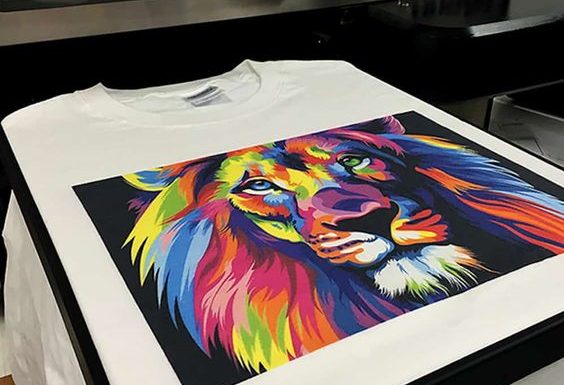
In recent years, the fashion industry has witnessed an array of technological advancements, from the introduction of smart fabrics to the integration of augmented reality in retail. Among these innovations, 3-D printing stands out as a game-changer, particularly in the realm of custom t-shirts. This technology, which allows for the creation of intricate, three-dimensional designs directly on fabric, is transforming how we think about fashion, customization, and sustainability.
The Basics of 3-D Printing on Fabric
3-D printing, also known as additive manufacturing, involves creating objects layer by layer from digital models. When applied to textiles, this process allows for the addition of raised designs, patterns, and even structures directly onto the fabric. Unlike traditional screen printing or embroidery, 3-D printing can produce complex, multi-layered designs that would be impossible to achieve through conventional methods.
Advantages of 3-D Printed Custom T-Shirts
Unmatched Customization
One of the most significant benefits of 3-D printing on custom t-shirts is the level of personalization it offers. Customers can work with designers to create unique, one-of-a-kind pieces that reflect their individual styles and preferences. From intricate geometric patterns to lifelike textures and shapes, the possibilities are virtually endless. This degree of customization is particularly appealing in a market where consumers are increasingly seeking products that stand out and express their identities.
Enhanced Design Capabilities
Traditional methods of adding designs to t-shirts, such as screen printing or heat transfers, have limitations in terms of detail and texture. 3-D printing breaks these boundaries, allowing for the creation of intricate designs with precise details and multiple layers. This capability opens up new avenues for creativity, enabling designers to experiment with textures, gradients, and even three-dimensional elements that can add depth and dimension to garments.
Sustainability and Waste Reduction
The fashion industry is notorious for its environmental impact, particularly due to the waste generated by overproduction and unsold inventory. 3-D printing offers a more sustainable alternative by allowing for on-demand production. Instead of mass-producing t-shirts and hoping they sell, brands can create garments only when there is a confirmed order, significantly reducing waste. Additionally, 3-D printing uses materials more efficiently, further minimizing environmental impact.
Challenges and Considerations
While the potential of 3-D printing on custom t-shirts is immense, there are still challenges to overcome. The cost of 3-D printing technology and materials can be high, making it less accessible for small businesses or independent designers. Additionally, the durability and wearability of 3-D printed designs need continuous improvement to ensure they can withstand regular use and washing.
Moreover, the integration of 3-D printing into the fashion industry requires a shift in both production processes and consumer expectations. Brands and manufacturers need to invest in new equipment and training, while consumers must be educated about the benefits and care of 3-D printed garments.
Future Prospects
As technology advances, the cost of 3-D printing is expected to decrease, making it more accessible to a broader range of designers and consumers. Innovations in materials science will likely lead to the development of more durable and flexible 3-D printed fabrics, enhancing the practicality and appeal of these garments.
Furthermore, the rise of customization and on-demand production aligns with broader trends in consumer behavior, where individuality and sustainability are becoming increasingly important. 3-D printing on custom t-shirts is poised to tap into these trends, offering a compelling blend of creativity, personalization, and eco-friendliness.
Conclusion
3-D printing on custom t-shirts represents a significant leap forward in the fashion industry, blending technology with artistry to create garments that are both innovative and expressive. While challenges remain, the potential benefits in terms of customization, design capabilities, and sustainability make it a promising avenue for the future of fashion. As the technology evolves, we can expect to see more brands and designers embracing 3-D printing, leading to a more personalized and environmentally conscious fashion landscape.






